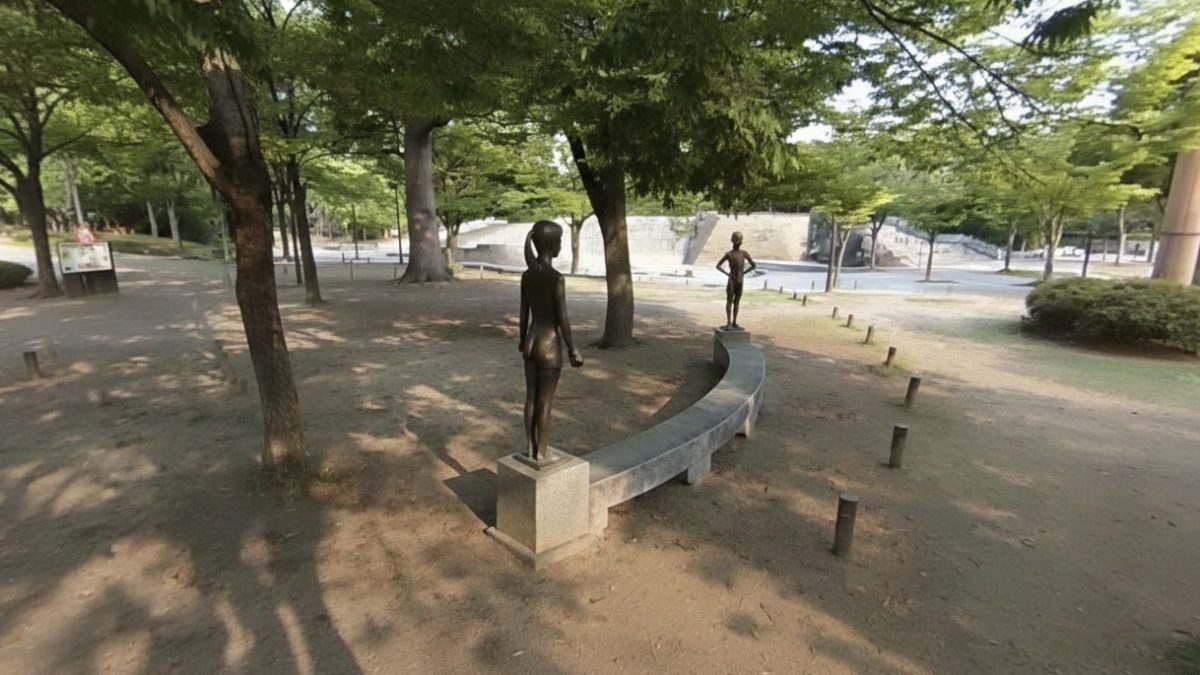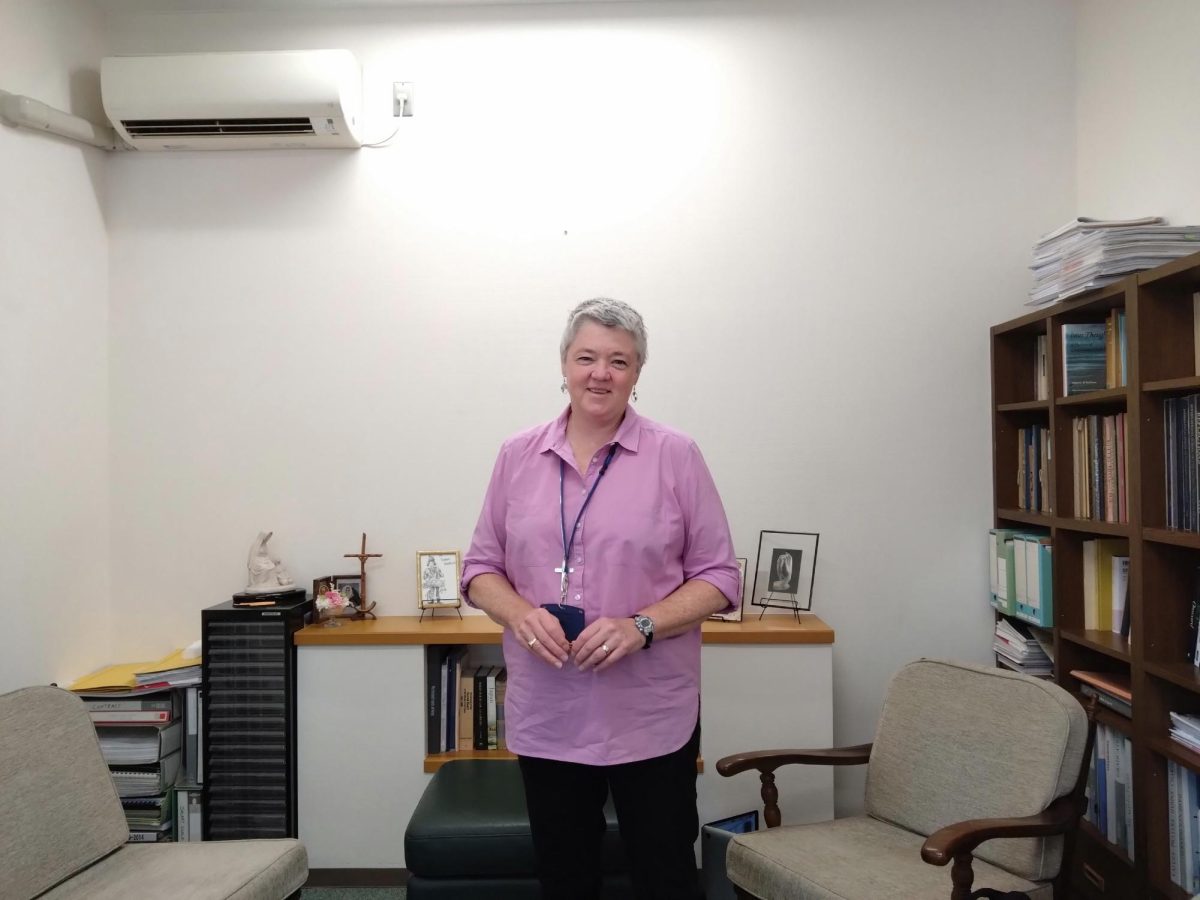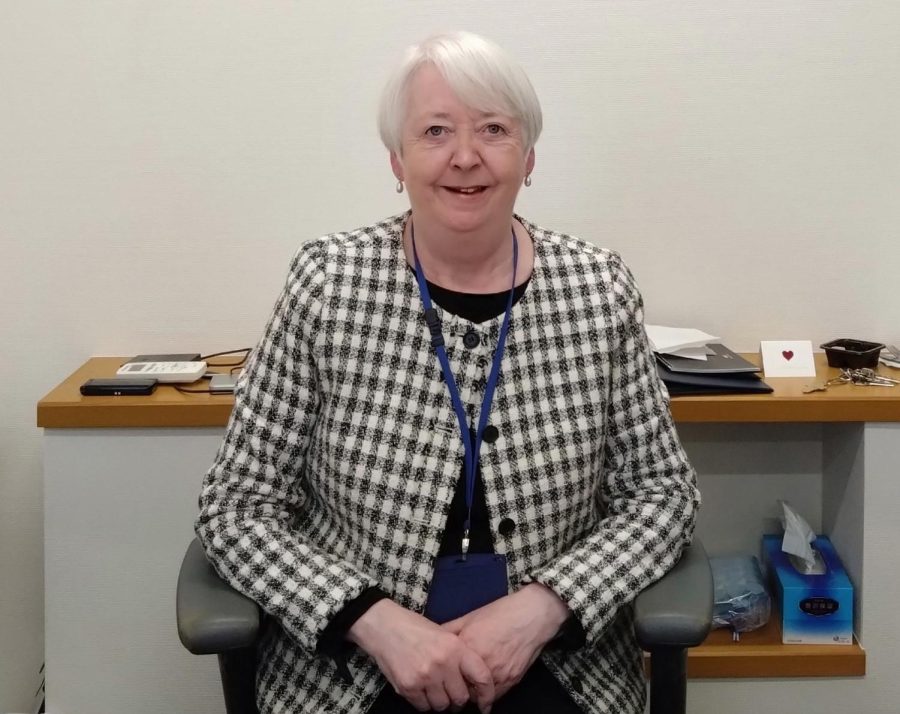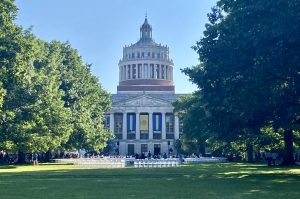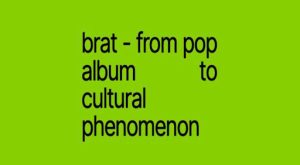A testament to our modern world
Margaret Atwood’s “The Testaments”
February 27, 2020
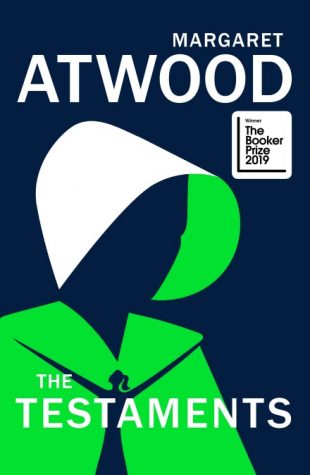
A world full of secrets, spies, and fear—this is the world of Gilead the reader sets foot in within “The Testaments”, first published on September 10, 2019. In this winner of the Man Booker Prize, learn what life is like as a girl growing up under the totalitarian and misogynistic regime of Gilead, where children like you learn not literacy but petit-point embroidery. From a young age you are warned of the evils of vanity and best friends: “Aunt Vidala said that best friends led to whispering and plotting and keeping secrets, and plotting and secrets led to disobedience to God, and disobedience led to rebellion…”. Uncover secret plans by the ‘Mayday’ resistance to topple the Republic of Gilead, and find the backstory of a seemingly merciless character familiar to you from “The Handmaid’s Tale”. In the sequel to the renowned dystopian novel “The Handmaid’s Tale”, Margaret Atwood takes the reader on this harrowing journey through the testimonies of three individually unique characters.
All three are women, and therefore, considered second-class citizens within Gilead’s constricting walls. It describes the lives—if you can call being oppressed by a regime “living”—of Gileadians, as well as the life of one girl in Canada, whom, as she learns more about her true origins, is hurtled into the hidden goings-on of the Mayday resistance.
As you flip freely through the pages, the possibility of a world in which literacy for women seems unlikely, but “The Testaments” strikes a different chord when you realize that Margaret Atwood has based all of the horrors of the Republic of Gilead solely on real historic events. When considering more closely the fact that the theocratic government of Gilead has its origins in 17th century Puritan England, or how more current realities such as the illegality of homosexuality in certain countries are being echoed in the novel, the whispered message of precaution hidden within “The Testaments” becomes a much louder call of warning.
That said, the novel was perhaps not as radical as “The Handmaid’s Tale”, though this may partly be due to the period of time in which it was published. “The Handmaid’s Tale”, first published in the late 20th century, was most likely more of a drastic, far off and futuristic novel to its readers than “The Testaments” will seem to us in 2020, when many of the dystopian concepts of the novel resonate deeply with our current world. However, this gives the novel a greater sense of relativity.
The novel is especially compelling and a little more optimistic than its predecessor because it explores the rise, as well as the fall, of totalitarian regimes. It is a story of bravery, perseverance, injustice, and hope tied together through the intertwinement of the three character’s lives. Throughout the novel, its epigraph is truly echoed: “As they say, history does not repeat itself, but it rhymes.”


